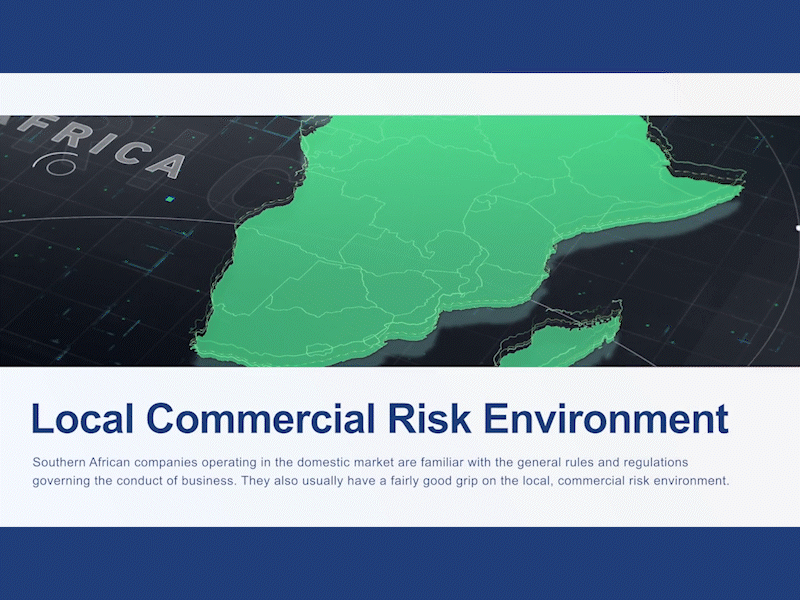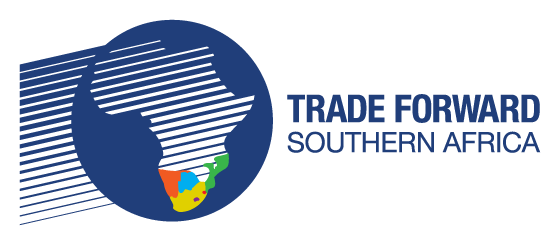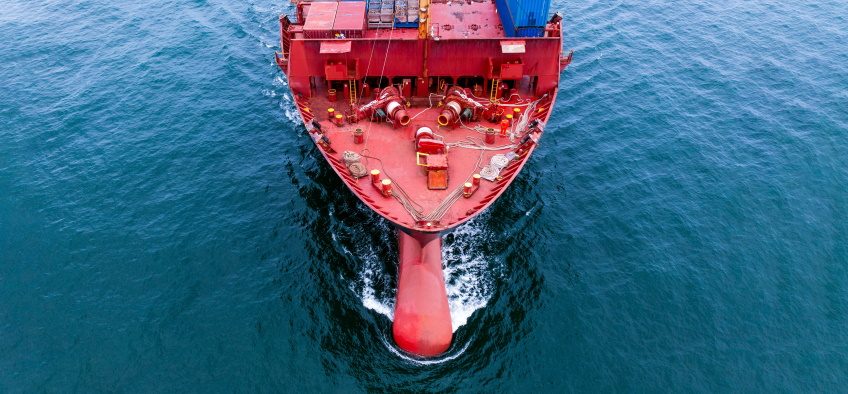Export credit insurance is a branch of insurance which offers protection to exporters against the risk of non-payment by a foreign buyer in exchange for a premium payment. As we have discussed throughout our “international finance” section, it offers a valuable tool in mitigating the risk of non-payment by a foreign buyer. This article is a quick summary of the various elements of export credit insurance.

In what Circumstances would you need Export Credit Insurance?
- Suppose you have agreed to any other payment method other than cash in advance or a confirmed letter of credit. In that case, you are exposed to the risk of non-payment by your foreign buyer and are advised to consider taking out export credit insurance cover.
Who are the Parties to an Export Credit Insurance Policy?
- The exporter, i.e., the insured and an export credit insurance company, i.e., the insurer
What Types of Export Credit Insurance are usually Available?
- Short-term cover
- Medium-term cover
- Long-term cover
What Types of Export Credit Insurance Cover could you Include in your Policy?
- Pre-shipment cover
- Post-shipment cover
- Consignment stock cover
- External trade cover
What Risks does an Export Credit Insurance Policy Specifically Cover?
- Political risk and commercial risk (dependent on particular exclusions) that lead to non-payment by your international buyer.
How do you Apply for Export Credit Insurance?
- You should approach an export credit insurer directly or work through a broker and complete an application form in which you provide certain information.
What Information will the Export Credit Insurance Company Require?
- Information on the product or product range you intend to export.
- Details on your prospective buyer and its domestic market.
- Your anticipated annual export turnover from transactions with the buyer in question.
- Similar information on all other transactions you may have entered into from the market in question.
What Happens once you Provide the Required Information to the Export Credit Insurer?
- The export credit insurance company will leverage its network to investigate the financial stability of the market concerned and the creditworthiness of your potential buyer.
- On the basis of the above information, the export credit insurance company will inform you of the availability of cover, the extent of cover recommended and what they are prepared to offer. For example, upon completing an investigation on the market and buyer, the export credit insurer may inform you that a short-term export credit insurance policy, incorporating both pre and post-shipment cover, is recommended and state the premium applicable.
How is the Premium Calculated?
- With pre-shipment cover, the credit insurer bases the premium charged on the relative risk of the export market, the manufacturing period involved and the buyer’s financial status.
- With post-shipment cover, the credit insurer bases the premium rate charged on the relative risk posed by the market, the type of goods the seller is exporting, the financial status of the buyer and the duration of the period of risk, i.e 90 days from delivery of goods.
- Taking the above factors into consideration, under a short-term policy, the export credit insurer would require the exporter to make declarations under their policy to determine the correct premium payable.
When does an Export Credit Insurance Policy get Issued?
- Provided you have made the necessary declarations, and the correct premium has been determined, the export credit insurer would require a non-refundable premium be paid before a policy is issued.
What is the Claims Process?
Step 1 – Always attempt to retrieve outstanding payments yourself before engaging the insurer, i.e., follow up on late invoices, issue final demand notices, etc. (most credit insurers will not get involved until at least 90 days after the due date payment)
Step 2 – Once engaged, the export credit insurer will initiate an investigation and follow up with the buyer to recover the debt.
Step 3 – Where the credit insurer is not able to recover the debt, they will initiate legal action against the buyer.
Step 4 – Provided legal action and the initial investigation proves that non-payment was due to an insured risk, the credit insurer will advise you to complete a claims form.
Step 5 – Once the claim form has been submitted and assessed by the insurer, the credit insurer will propose a settlement, i.e., a proposal on financial compensation for financial loss.
Step 6 – Once you accept the settlement proposal, the export credit insurer should pay you without delay.

This article is intended to be a short guide on export credit insurance and is by no means exhaustive. Several nuances and essential considerations should be made when utilising export credit insurance and any other means of ensuring payment at an international level. Thankfully, Trade Forward Southern Africa, in collaboration with the International Trade Institute of Southern Africa, has created a free and comprehensive online training course on various aspects of international trade, including identifying and mitigating financial risk. In addition, modules provided include training on international finance, foreign exchange rates, letters of credit and Incoterms®. Click the links below to sign up for free and let us help you grow your business.
To sign up to the School of Export CLICK HERE.
If you already have a profile, CLICK HERE to login to begin the module.










Leave a Reply